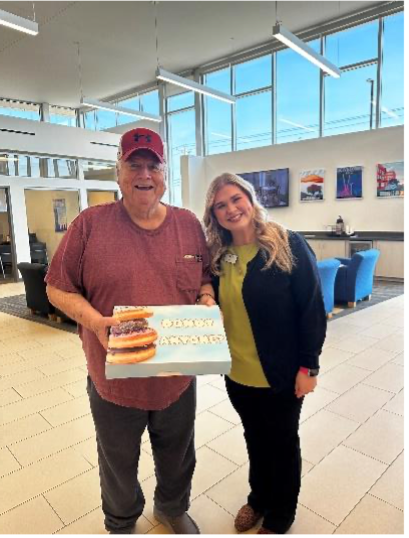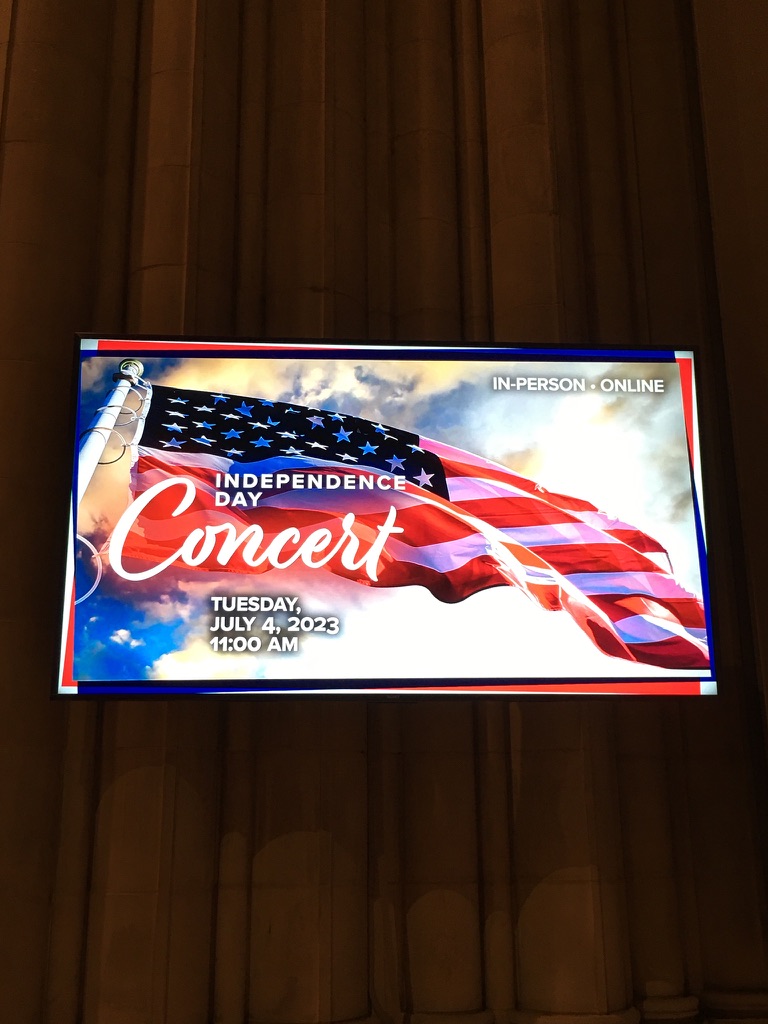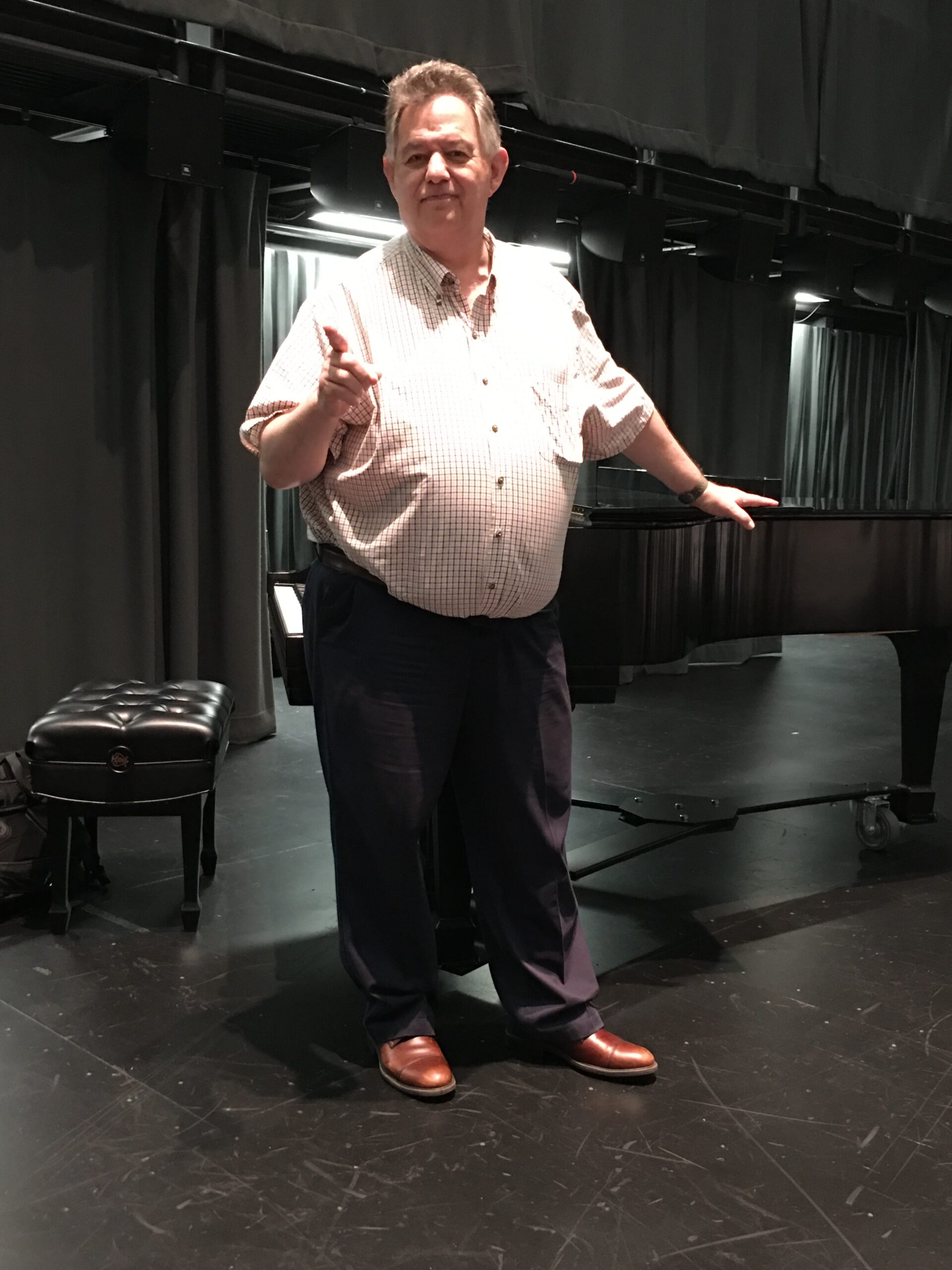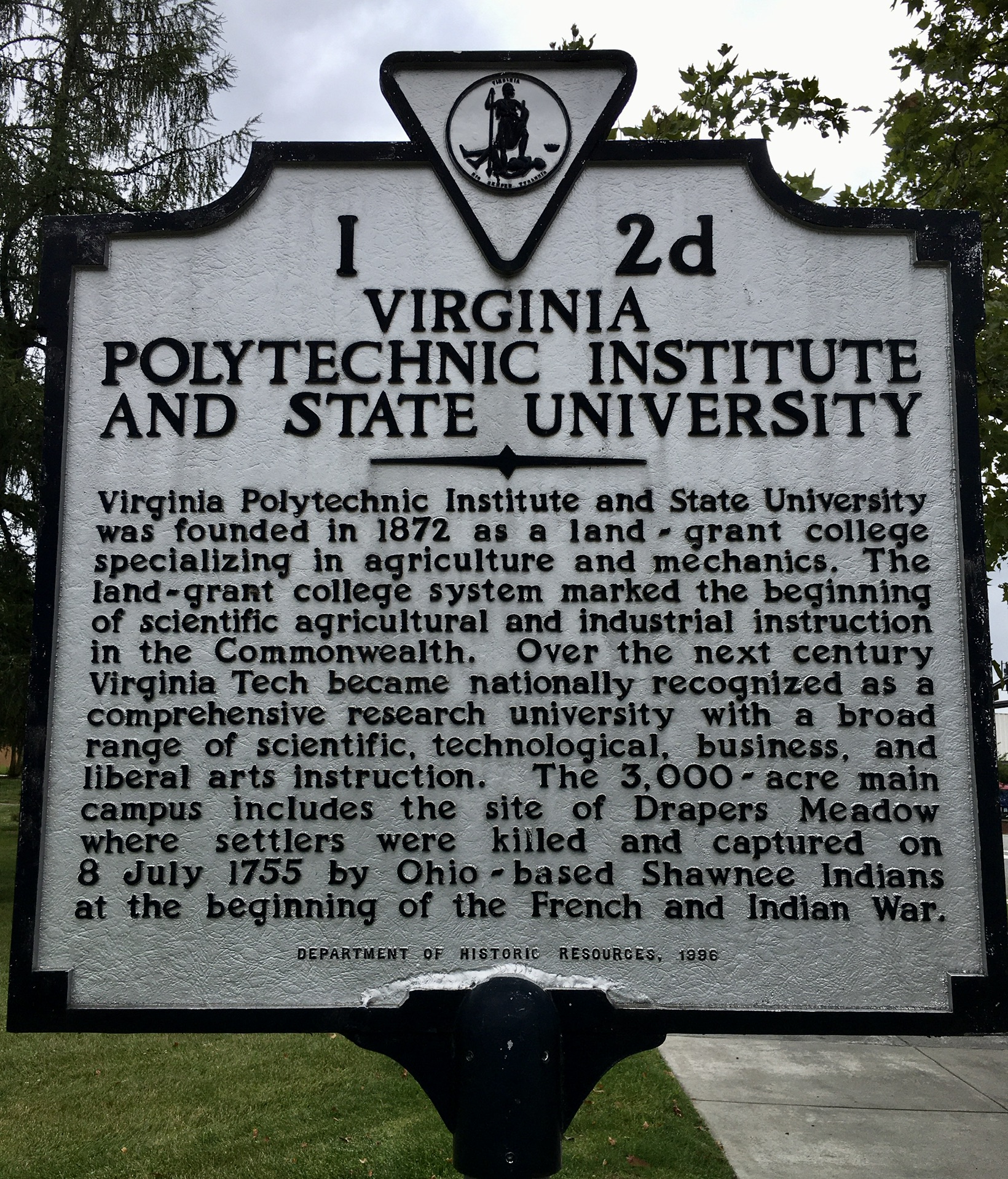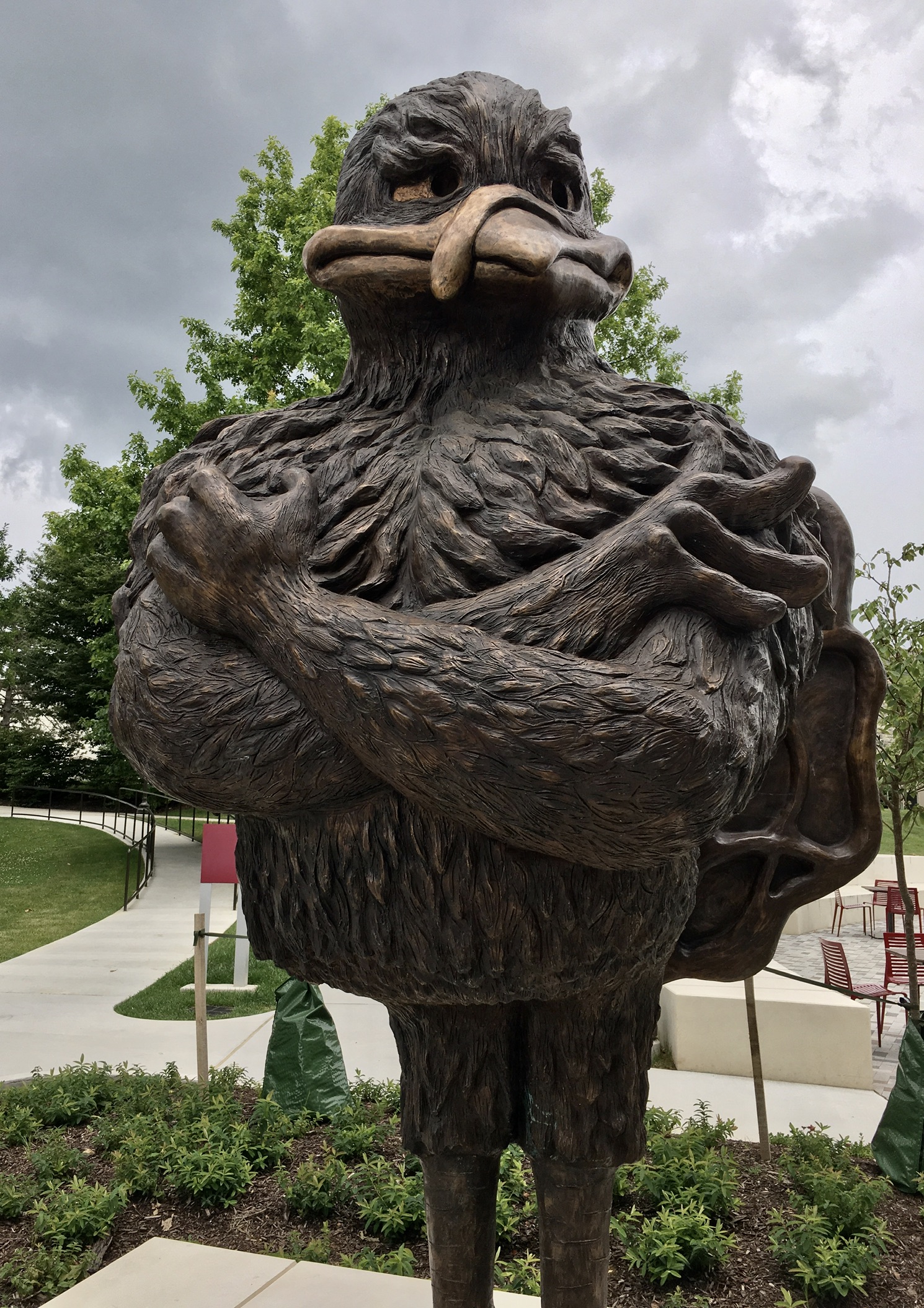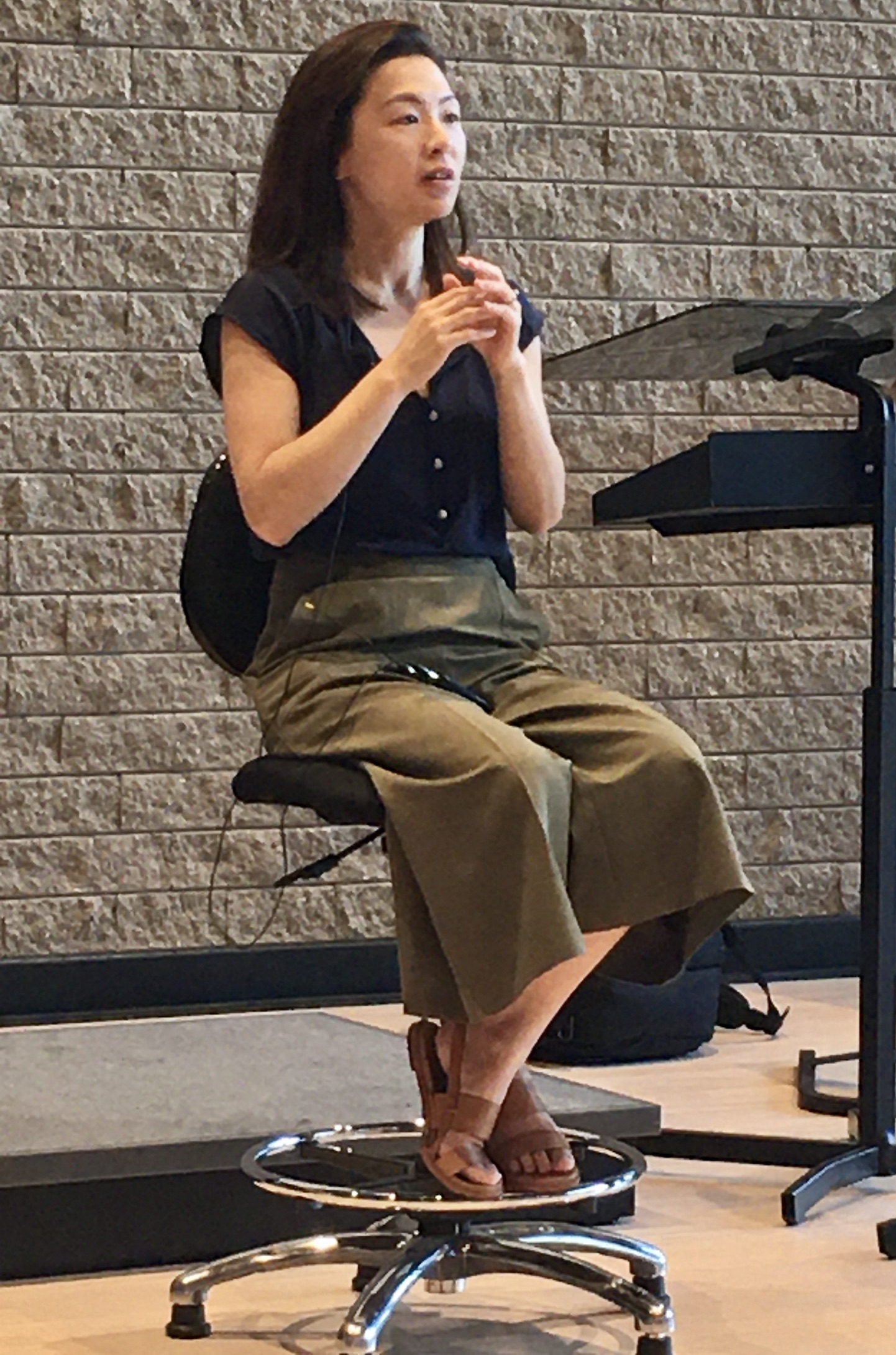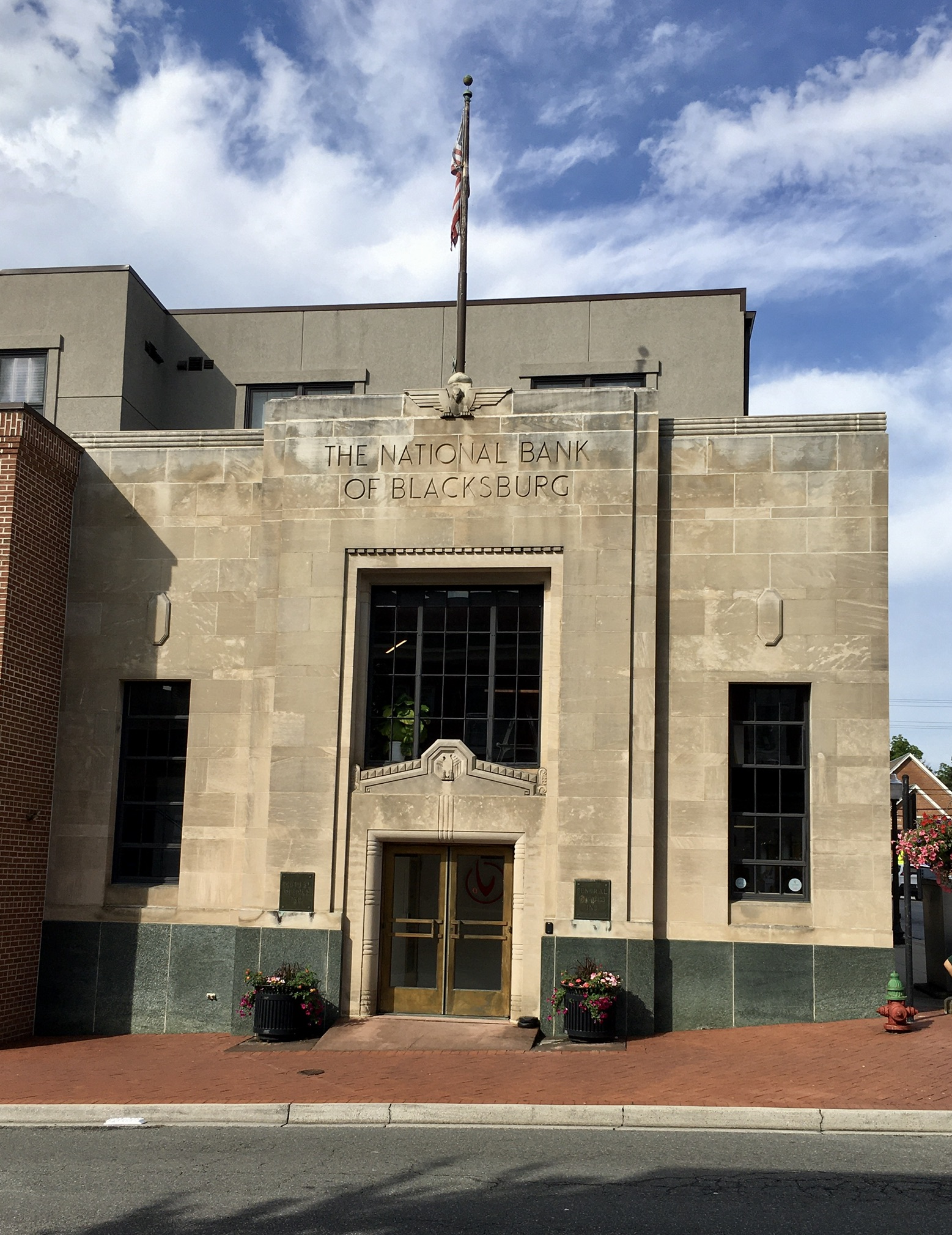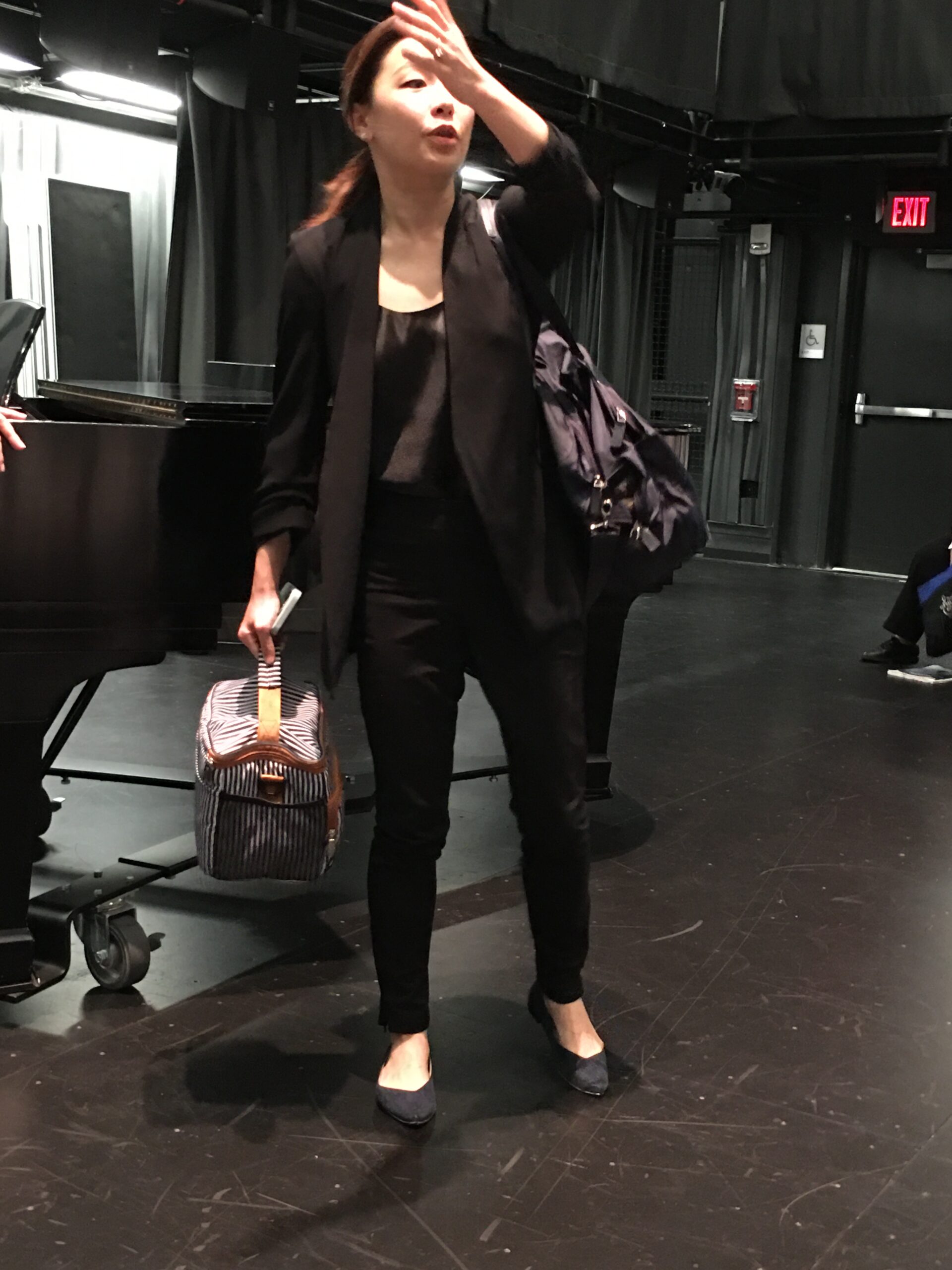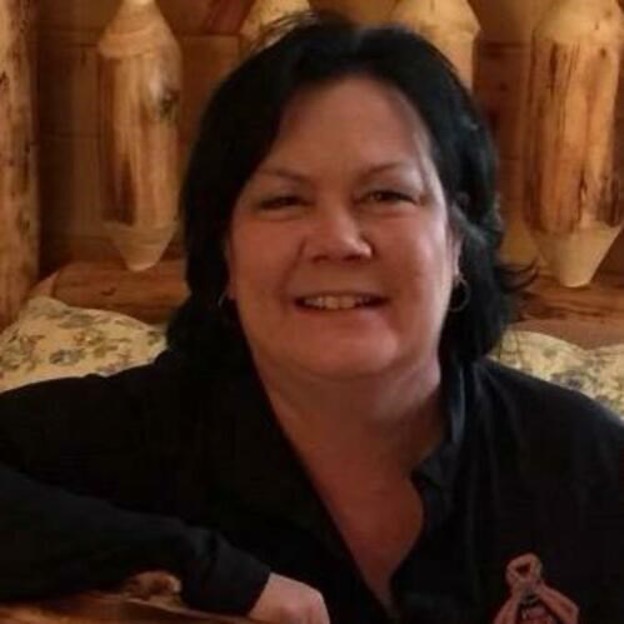Oscar Abello, economic editor at the non-profit reporting site Next City, finds instances where credit unions provide “solutions for liberated cities.” In his latest coverage, the event is a six plus years effort to charter a new credit union for North Minneapolis.
However the end of the story is not clear. Will there be a new community financial institution, or will the process be stillborn?
Abello poses this fundamental question: The travails of Arise Community Credit Union, set to be Minnesota’s first Black led-credit union, raise the question: How hard should it be for communities to have their own financial institutions?
The link to his analysis posted on July 11th can be read here. While recent events are promising, the charter has yet to be granted.
I have three takeaways from his description of this new chartering effort.
Three Lessons
- New charters require people with passion and commitment, that is entrepreneurs who believe in their cause. His article profiles Daniel Johnson the CEO-designate who left a successful financial career to serve a clear community need where businesses have been “disinvesting” for years.
Johnson’s motive for leaving his career security: “The community said,(after George Floyd’s death) ‘We don’t want another park. We don’t want another place just to throw flowers. We want something more tangible, something that we can have as an institution that will be around long after we’re gone.’”
- In addition to the community’s decline, the market timing was right as Minnesota had just capped payday lenders at 50% APR: One fact: “The average borrower took out nine payday loans, at an average loan amount of $365, and was charged an average of 197% interest per loan.”
The process is not easy as Abello describes: But chartering a new credit union today is like traversing a long-lost trail through the woods, one that used to be well-traveled but is now overgrown or littered with fallen trees or other obstacles no one has had to navigate previously.
Prior to 1970, there were 500 to 600 new credit unions chartered across the country every year. After a steep decline to near zero, the numbers have never recovered. Over the past ten years, fewer than 30 new credit unions have been chartered across the country.
Changes of leadership, loss of local funding from foundations, the challenges from Covid have led to stops and restarts. The Minnesota Credit Union Network and AAUC have stepped up to help. Credit unions have contributed to a $1.0 capital fund and pledged deposits of several million when up and running.
NCUA is apparently requiring $3.0 million in committed capital based on the credit union’s projections to be $10 million in assets in three years-or a 30% net worth ratio. This capital base would equate to 50% of the first year’s asset goal of a $6 million balance sheet. This is an amount not required by law, regulation, or common sense.
In addition to this enormous fundraising barrier, the requirement distorts the fundamental dynamics of self-help for a new charter. Raising capital encourages investments in fixed assets and operational capabilities that may not be required for years. It discourages the boot-strapping and learning that must occur when a new charter reaches out to find the best ways to serve their community.
- The chartering process is failing the communities which most need credit union support. Abello points out that “out of 4,700 credit unions across the country, only 500 are self-designated minority credit unions.”
The executive director of the Minnesota Credit union foundation has a new goal from this effort: “One thing that we’re working on right now is coming up with a playbook because the chartering process is quite complex, and really trying to take the learnings that that we’ve had working with Arise and trying to come up with a resource that’s going to be helpful for additional groups going forward.”
Abello tentatively answers the question he posted at the beginning with this observation:
“If a community wants it, if it can prove there is a market for such services that no one else is meeting, and if it can marshall the necessary financial, professional, technological and other resources necessary to pass regulators’ muster, then for now, any community has the right to try and answer the question for itself.”
The obvious answer is few would want to navigate this obstacle course before even entering the market’s fray.
Why did CEO-designate Johnson decide to join a startup in this context of financial consolidation, established competitors and bureaucratic barriers: “It’s important for people to be able to see that an institution has planted a flag that really represents them and isn’t driven by stockholders.”
In other words: You own it. But will that motive be enough to overcome a process that discourages new coop charters?
How this story ends may be a harbinger for the future of the unique credit union financial system.

